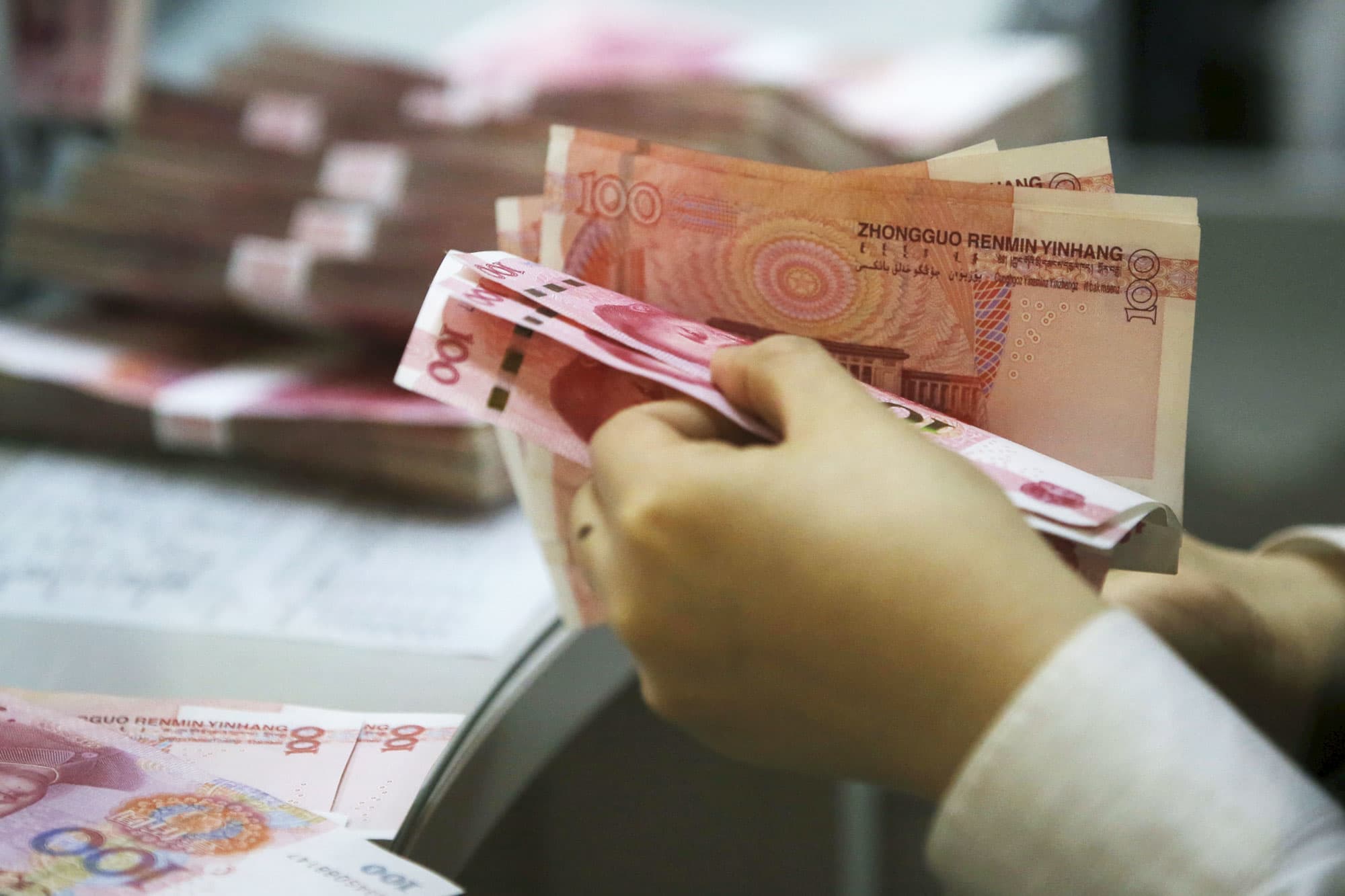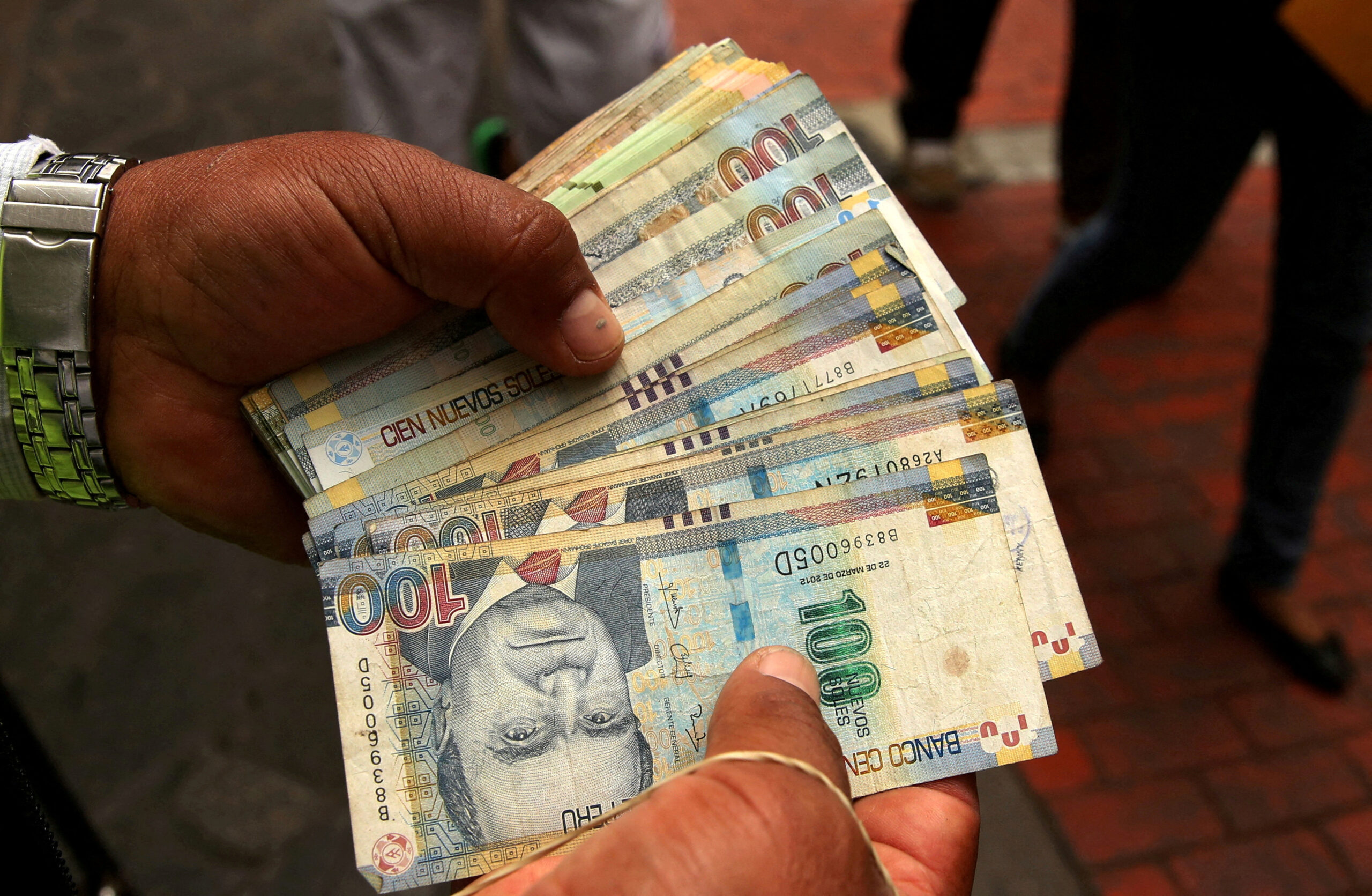Washington and London are tightening the screws on Russia’s oil exports by making it tougher to circumvent the G7-led price cap, a strategic move aimed at crimping the Kremlin’s war chest.
The new measures, unveiled this week, require companies involved in shipping Russian oil to provide detailed documentation demonstrating compliance with the $60 per barrel price cap on each voyage. This replaces the previously accepted generic assurances of adherence. Similar regulations are being implemented by other members of the “price cap coalition,” including the EU and Australia.
Closing the Loopholes:
The stricter rules address concerns that Russia has been exploiting loopholes to sidestep the cap. One common tactic involves inflating shipping, insurance, and other ancillary costs to effectively raise the oil price above the limit.
Under the revised guidelines:
- Insurers and other service providers can now demand cost information about how each contract is priced, making it harder to mask price manipulation through inflated fees.
- This transparency measure strengthens enforcement capabilities, allowing authorities to easily identify potential violations.
Phase Two: Enforcement Escalation:
US officials describe this as “phase two” of the price cap implementation, marking a shift towards more aggressive enforcement. They point to a widening discount on Russian oil since October, as evidence of the increasing squeeze on the Kremlin’s oil revenues.
Shadow Fleet Dilemma:
While Russia has built a “shadow fleet” of older tankers to bypass the cap, it still relies on Western-linked companies for a portion of its exports. Recent data shows that over 25% of Russian crude exports utilize G7 or EU-connected vessels, highlighting the ongoing dependence on Western services.
Targeting Enablers:
The US Treasury further clamped down by sanctioning three key trading firms – Bellatrix and Covart Energy (Hong Kong) and Voliton (Dubai) – suspected of facilitating Russia’s oil exports since the war began. These sanctions aim to raise the cost of using the shadow fleet for Russia.
The price cap and its enforcement efforts represent a multi-pronged strategy to:
- Limit Russia’s war funding
- Stabilize global energy markets
- Exert economic pressure on Moscow
The new measures, coupled with ongoing enforcement actions, signal a determined effort to tighten the noose on Russia’s oil revenues and further isolate its economy.
Image: A graph showing the estimated price of Brent and Primorsk crude oil compared to the $60 per barrel price cap. The graph highlights that Russian oil prices have exceeded the cap in recent months.



